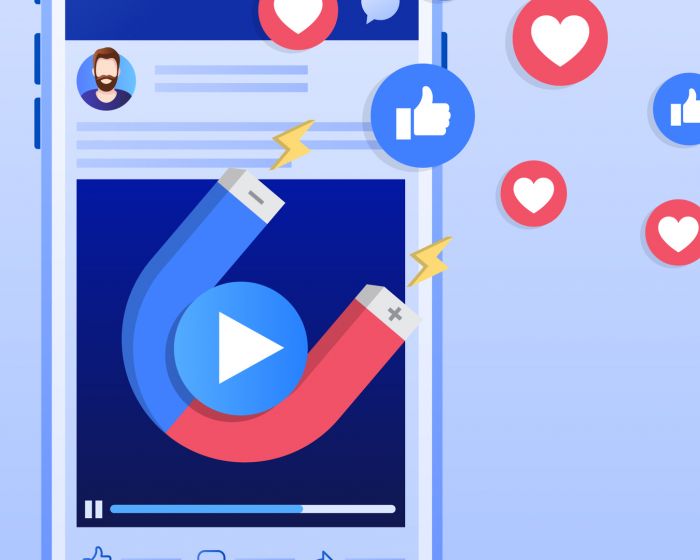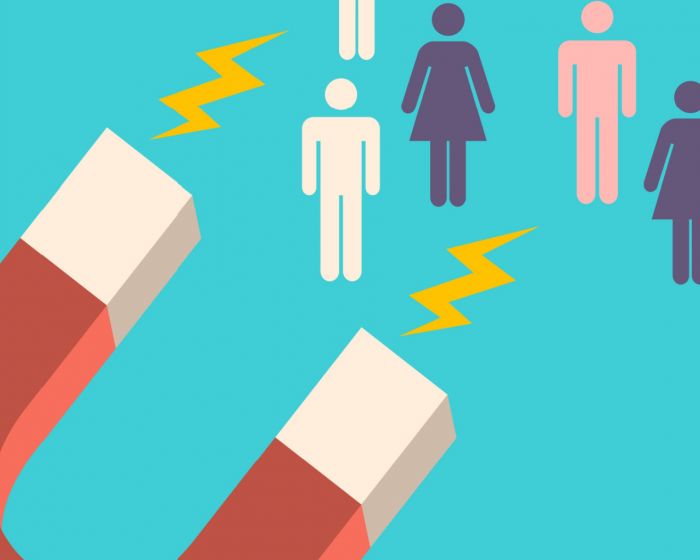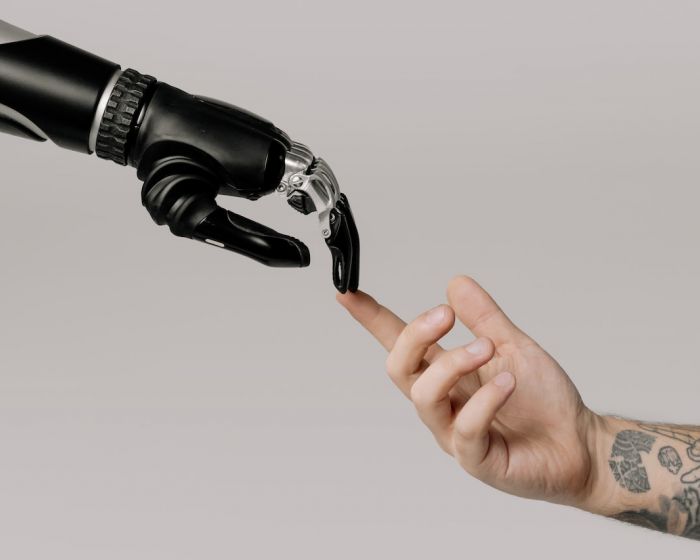
Today, effective advertising is all about one thing: generating emotion.
This should come as no surprise.
Emotions play a huge role in influencing the customer decision-making process, and there’s plenty of research to back this up, as highlighted here.
People’s emotional responses to ads are more influential on a person’s intent to buy than the content of an ad. Emotions are the reason why decisions are made, and in advertising this is a very powerful factor that should not be ignored.
In 2015, the most shared ads relied heavily on emotional context including friendship, warmth, inspiration and happiness, with examples including Kleenex’s Unlikely Best Friends.
How different emotions are used in advertising
With the above in mind, let’s take a look at how brands are using different emotions to drive connection and awareness:
Happiness
Brands want to be associated with happiness, laughter, smiling and positivity, as these emotions have been shown to increase shares and engagement. In a study on the most emailed New York Times articles, it was found that emotional articles and posts were the most shared, while positive posts were shared more than negative ones. People are so inspired by positivity and happiness that not only does it resonate with them and inspire them to share it with friends and loved ones, but it also remains in their memories and is often referred to and spoken about, which is excellent for raising brand awareness.

Sadness
Over the last few years, the number of emotional and moving advertisements created has been on the rise. Brands are realising the power of emotion in advertising and as such are increasingly creating content that moves audiences to tears. As with happiness, these moving advertisements remain in the memories of audiences (and often end up going viral), thus boosting awareness of the brand and encouraging people to purchase from it.
Inspiration
Videos that inspire also have the power to trigger a massive response in audiences. Take the #LikeAGirl campaign launched by Always, which aimed to inspire girls and women to embrace their gender. The advert, which achieved immense viral success, began on a negative note but introduced a positive, inspiring twist, and ultimately won an Emmy and a Cannes Grand Prix award for its influence.
Fear
Finally, this list wouldn’t be complete without the emotion, fear. Fear creates a sense of urgency, prompting us to truly listen to the words we are hearing or reading, and take action. Take the compelling, upsetting anti-drink driving advert that became widely spoken about in the UK following its launch. It achieved what it set out to achieve which was to frighten audiences, as it became a highly talked about piece of advertising.
Closing thoughts
Emotion is a powerful tool in advertising that raises awareness and increases content engagement. Emotion affects people’s decision-making abilities and has been proven to make them more likely to act, often on the spur of the moment.
Get in touch
If you’re seeking ways to create exciting, emotion-driven content, look no further. Our team of expert marketers are on hand to discuss your specific branding requirements that will spread the word about your brand and raise its profile significantly.








